What is Fair Use?
Fair Use: Section 107 of the U.S. Code
Fair use is the use of copyrighted material, without the holder’s permission, for purposes such as teaching, preparation for teaching, scholarship, research, criticism/comment/parody and news reporting. However, the law also stipulates criteria by which to determine if a use falls within the concept of fair use. Therefore, use of a copyrighted material for educational purposes is not automatically fair use under the law.
Fair use is an important right to use copyrighted works in research and classroom teaching.
The law provides four factors to determine if a use constitutes fair use:
- The purpose of the use should be of a non-commercial character such as use for non-profit education. If the use adds to the original in some creative way (like commenting on a poem or making a parody), or is considered transformative, the fair use argument is stronger.
- The nature of the material used. The use of factual material is more likely to qualify as fair use; creative work like music and art gets stronger protection. Unpublished work also gets more protection.
- The amount and substantiality of the portion used. Use only that amount of the original work that is necessary to accomplish the educational purpose. The law does not specify a specific percentage of a copyrighted work that would be permissible as fair use, but guidelines suggest one chapter from a book, or one poem from a book of poems, or one article from a journal.
- The impact of the use on the market value of the copyrighted material. To fall within fair use, the use cannot substitute for purchasing available copies of a copyrighted work. Damaging the market for the copyrighted material weighs heavily against fair use.
More information on Fair Use can be found in the Fair Use of Copyrighted Works pamphlet published by CETUS.
The Fair Use doctrine grants faculty and staff at the University at Albany privileges regarding the use of copyright materials for purposes of research and education. It is important to understand that educational use does not automatically constitute fair use. Faculty and staff need to be familiar with the factors that determine fair use of a copyrighted material before using such in teaching and research under the fair use doctrine.
